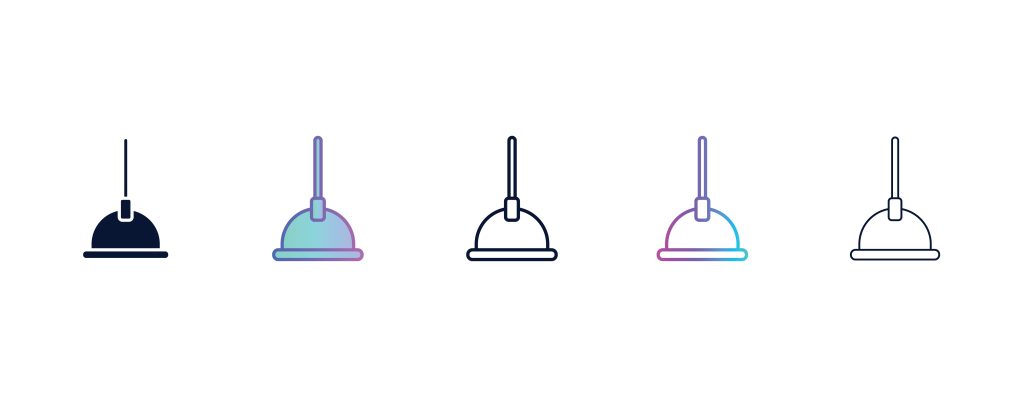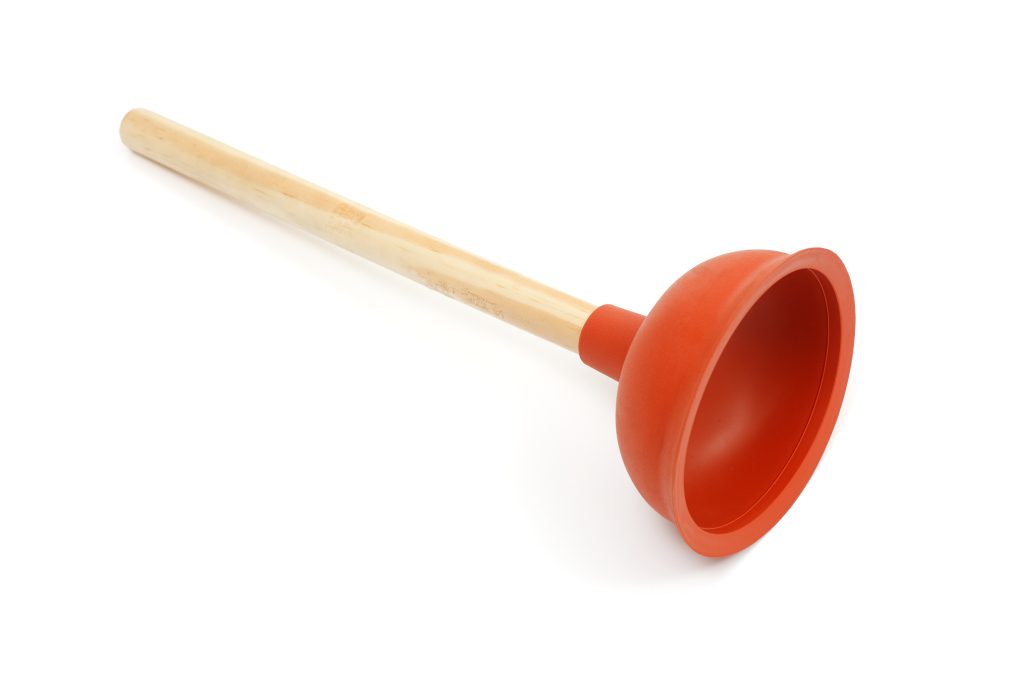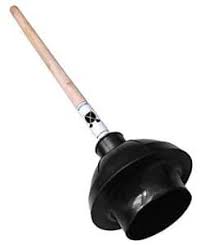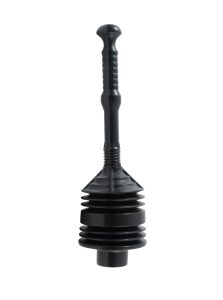3 Types of Plungers and Where They’re Used

Did You Know There Were 3 Different Types of Plungers?
Plungers, also called 'the plumber's helper', are hand tools composed of a stick with a rubber suction cup at one end. There are three types of plungers considered to be these helping hands that are used to unclog drains. These are most commonly associated with toilets and, as a matter of fact, are so common that many bathrooms have a plunger sitting ready for us right next to the toilet.
Plungers are designed to deal with drain clogs quickly. They're inexpensive, readily available, and easy to use. But all plungers aren't the same. If you want your use of a plunger to be effective, you need to make sure to use the right type for whatever clog you're dealing with.
Cup Plunger
The most commonly see plunger is the cup plunger. It is often sitting beside a toilet where it does NOT belong. These basic plungers are actually intended for drains and pipes, like your kitchen sink, and are not designed to handle toilet clogs. This doesn't mean you may not have successfully used a cup plunger for your toilet, but that is not its intended use and will not be as effective on a toilet as it will a sink. In fact, it's the number one go-to for resolving clogged sink issues.

Flange Plunger
Of the three types of plungers, the flange plunger and the cup plunger look the most similar. With the flange plunger, however, there is a noticeable difference with the extra flap and smaller hole. This design difference makes the flange plunger more versatile. This plunger can be used on sinks, toilets, and other drains to great effect when you're dealing with a troublesome clog.

Accordion Plunger
The accordion plunger is specifically designed for tackling toilet clogs and is much less effective on sinks and other drains. Through its unique accordion-like design, this plunger can produce the greater force necessary to break loose toilet clogs when an auger is not available.

Tips & Tricks Using Your Plunger
When using any of these 3 types of plungers, be sure to follow a few basic tips and tricks. These recommendations will help produce better results every time.
- Make sure the cup is covered with water. If there is not enough water already in the sink or bowl, add enough hot water to cover the plunger's cup. Adding a little dawn soap, white vinegar, and baking soda can also help break up the clog.
- Add a little petroleum jelly around the cup to create a more effective seal.
- Properly clean and store your plunger after each use.
- Have a separate plunger for your toilet than what you use for your sinks.
Have Questions?
If you're unsure of which plunger type is best to use, or you need the help of a professional plumber to deal with your sewer or drain issue, contact us today. Our team is standing by to provide any support you need to resolve whatever plumbing issue you may be facing.